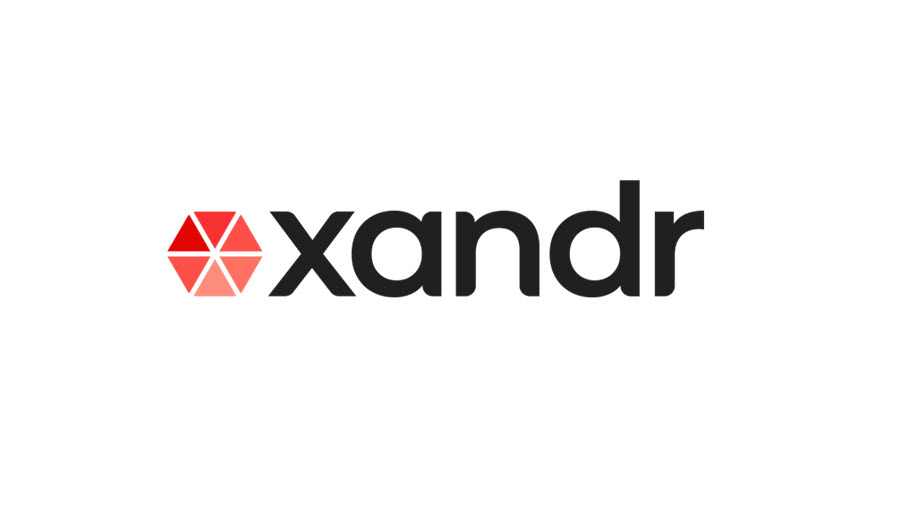Xandr Creates CTV Guide For Buyers and Sellers
Key advice: think local; use good data

With linear TV viewing declining and streaming booming, AT&T Xandr advanced advertising unit has created a guide to CTV for buyers and sellers.
The advice comes from media companies and agencies from around the world, including GroupM, Omnicom, ViacomCBS and Philo.

After laying out many of the opportunities and challenges presented by CTV. Xandr concludes that buyers need to take a local approach.
”The growing opportunities of CTV are global, but only with a hyper local approach,” the guide said.
Buyers are also urged to strike an appropriate balance between TV and digital, especially as they learn about how to best deploy CTV.
“Buyers should embrace the inevitable convergence but should carefully consider when and how to use digital tactics,” the guide said. “Start with modest campaigns that utilize a subset of new CTV capabilities but continue to employ TV KPIs on the back end. Before jumping to sophisticated household-level targeting, see how local and regional targeting can raise results.”
A test and learn approach is advised.
Broadcasting & Cable Newsletter
The smarter way to stay on top of broadcasting and cable industry. Sign up below
“Testing does not just allow buyers to understand how to most effectively utilize CTV. Results also allow publishers and partners to better learn how buyers want them to deliver,” the guide notes.
A key factor in CTV is data and Xandr urges getting as close as possible to first-party data.
“Plan and buy campaigns with technology vendors that have direct relationships with customers,” the report said. "Publishers that boast their own distribution platforms, coupled with audience authentication requirements, are able to gather a large array of identity signals from viewers. These help advertisers target more effectively to reach the right audience in the right context, including household profile, location, time of day, context of content being consumed, even a particular moment in the buying cycle."
Sellers are urged to get started as soon as possible.
“CTV in many countries is still young—but the growth trajectory for its consumption is undeniable. For TV and video networks, there is every reason to jump into the opportunity at what can still be considered early days,” the report said.
One of the things that make CTV attractive is the ability to target advertisers’ customers in new, more specific ways and media companies need to address that.
“Publishers will need to bring a range of audience attributes to the marketplace, from viewer locations to specific audience interests. Advertisers will need to bring in their own customer and prospect data, too, overlaid to create the optimal audience segments that can be activated for purchase,” the report notes.
The report said that media vendors can help themselves by working with the industry to develop standardized buying systems. But it also warns publishers to maintain control of their inventory.
“The rise of programmatic ad buying began in open-auction marketplaces and often involved remnant inventory. But for TV companies, whose inventory is premium, benefiting from CTV does not mean playing in the bargain bin or being at the mercy of anonymous auctions,” the report said.
Jon has been business editor of Broadcasting+Cable since 2010. He focuses on revenue-generating activities, including advertising and distribution, as well as executive intrigue and merger and acquisition activity. Just about any story is fair game, if a dollar sign can make its way into the article. Before B+C, Jon covered the industry for TVWeek, Cable World, Electronic Media, Advertising Age and The New York Post. A native New Yorker, Jon is hiding in plain sight in the suburbs of Chicago.

